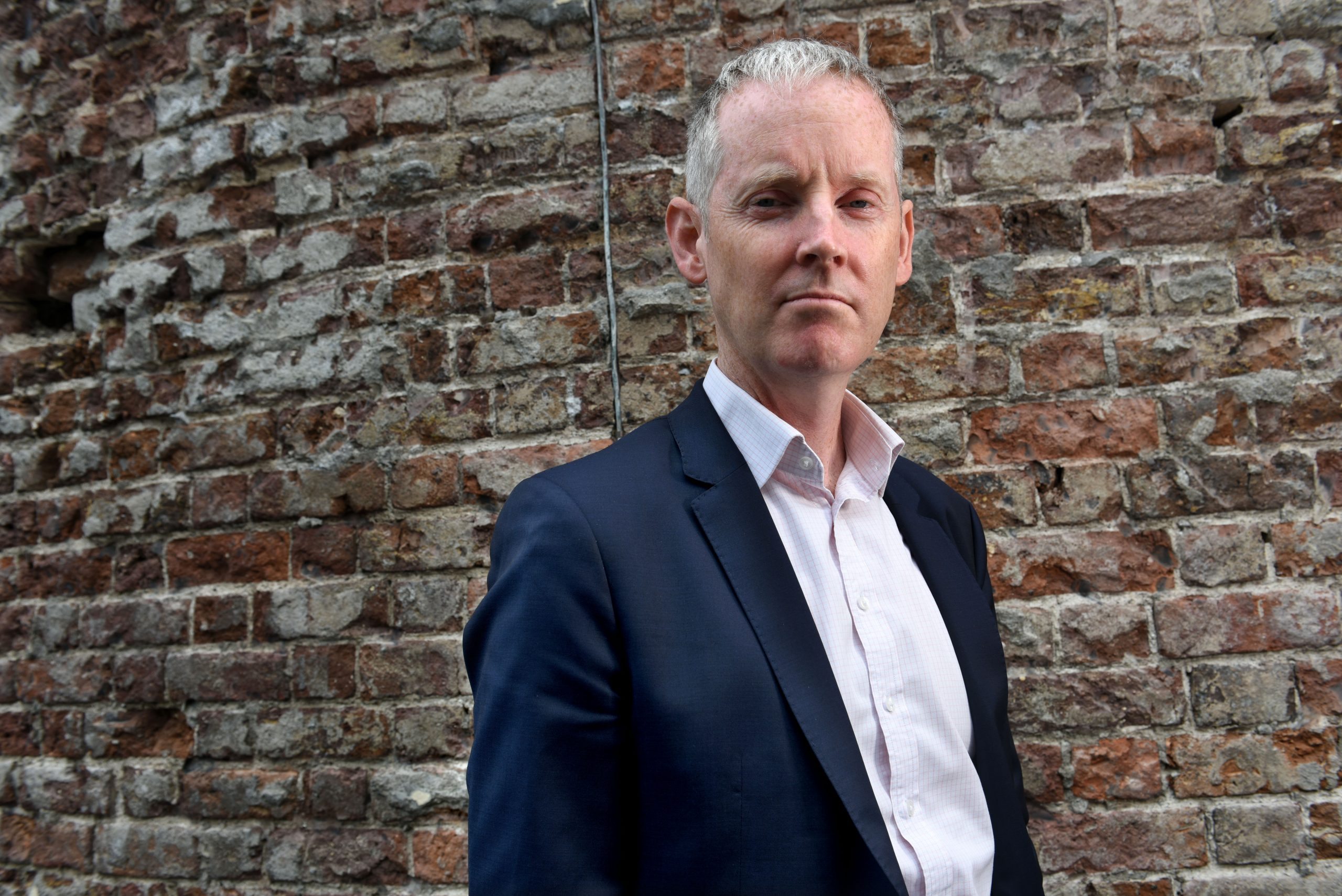How the tide has turned. As chief economic adviser to Enda Kenny for much of his time as Taoiseach, Andrew McDowell was central to a government forced to implement austere tax increases and spending cuts. Now, as vice president of the European Investment Bank (EIB), McDowell advances €1 billion a year to the Irish economy through low interest loans, money that finances everything from large scale infrastructure projects to ambitious young companies. McDowell was appointed one of the organisations eight vice president in 2016, becoming the first Irish member of the bank’s management committee in 12 years. His brief is…
Cancel at any time. Are you already a member? Log in here.
Want to continue reading?
Introductory offer: Sign up today and pay €200 for an annual membership, a saving of €50.

